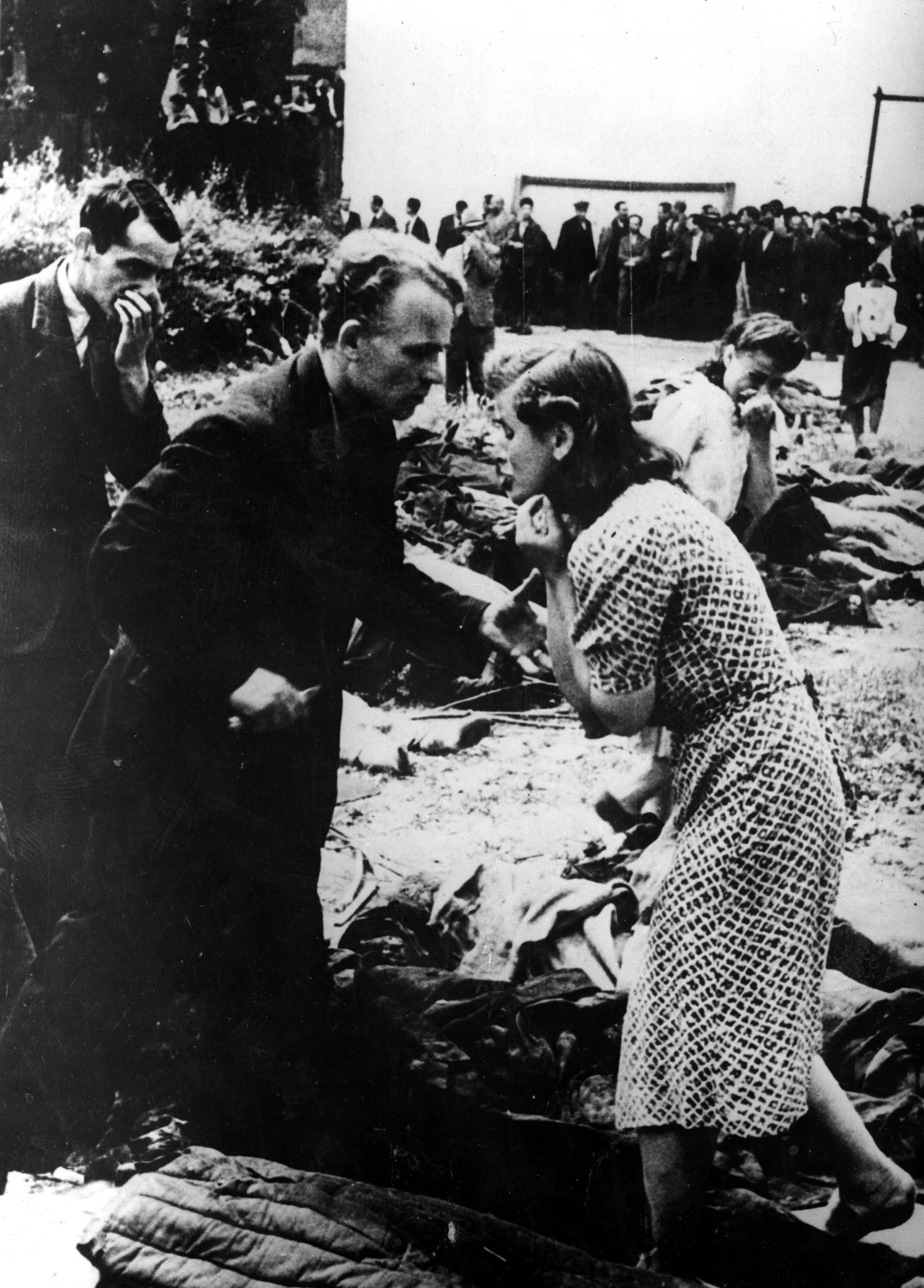How does a successful banking executive end up as the victim of a brutal crime in her own home? The recent murder of Marianne Kilonzi, a vice president at Citibank, has sent shockwaves through London and beyond. A woman known for her bubbly personality and professional achievements became the tragic center of an international manhunt after being found beaten to death in her Woolwich flat. This case raises questions about personal safety, even for those who seem to lead charmed lives.
The discovery of Marianne Kilonzi's body on January 24, 2025, sparked immediate action from Scotland Yard. Authorities launched an extensive investigation into the circumstances surrounding her death. Initial reports indicate that the attack occurred inside her luxury apartment, where she was found with severe head injuries. Police believe the suspect may have fled the country, prompting an urgent appeal for information from the public and international law enforcement agencies. As details emerge, it becomes clear that this is not just another homicide but a complex case involving potential motives tied to both personal relationships and professional circles.
| Personal Information | |
|---|---|
| Name: | Marianne Kilonzi |
| Date of Birth: | April 18, 1981 |
| Age at Death: | 43 years old |
| Place of Residence: | Woolwich, London, United Kingdom |
| Occupation: | Vice President, Trade and Working Capital Sales at Citibank |
| Education: | Bachelor’s Degree in Finance; MBA from a prestigious university (details unavailable) |
| Career Highlights: | - Worked at Citibank for over 15 years - Recognized for leadership in trade finance solutions - Active participant in corporate social responsibility initiatives |
| Reference Website: | Metropolitan Police Service |
According to police statements, Marianne Kilonzi was last seen alive on January 23, 2025. Concerns were raised when she failed to respond to routine communications, leading to a welfare check at her residence. Officers arrived to find her in critical condition, later pronounced dead at the scene. Forensic evidence suggests that the assault took place within the confines of her home, indicating either forced entry or familiarity between the victim and perpetrator. Detectives are exploring various angles, including financial disputes, workplace conflicts, and personal relationships.
Scotland Yard officials emphasized that the suspect was likely known to Ms. Kilonzi, dismissing any broader threat to the general public. However, the lack of concrete leads has complicated the investigation. Authorities urge anyone with information regarding suspicious activity around the victim's neighborhood or knowledge of her acquaintances to come forward. The possibility that the suspect has left the country adds urgency to the case, necessitating cooperation from Interpol and other international entities.
Tributes poured in following the announcement of Ms. Kilonzi's passing. Colleagues described her as a dynamic leader whose contributions to Citibank were unmatched. Beyond her professional accomplishments, friends and family remembered her warmth and generosity. Her untimely death serves as a reminder of the fragility of life and the importance of community vigilance in preventing such tragedies.
While investigators continue their pursuit, they face challenges typical of high-profile cases. Securing reliable witnesses, analyzing digital footprints, and piecing together fragmented timelines demand meticulous attention to detail. Meanwhile, the global nature of the hunt expands the scope of inquiry, requiring seamless coordination across borders. For those close to Marianne Kilonzi, the wait for justice feels interminable, yet hope remains that her memory will inspire meaningful change in how society addresses violence against women and professionals alike.
In light of these developments, experts stress the need for heightened awareness among individuals working in high-stress environments like banking. While no one could have predicted the events leading to Ms. Kilonzi's demise, proactive measures—such as improved security systems and employee support programs—might mitigate risks in similar situations. Additionally, ongoing education about recognizing red flags in interpersonal dynamics can empower people to act before crises escalate.
As the search intensifies, so too does the resolve of law enforcement to bring the responsible party to justice. Each clue uncovered brings them closer to resolving what has become one of London's most haunting mysteries. In honoring Marianne Kilonzi's legacy, authorities aim not only to solve her murder but also to reinforce safeguards ensuring others do not suffer the same fate.




